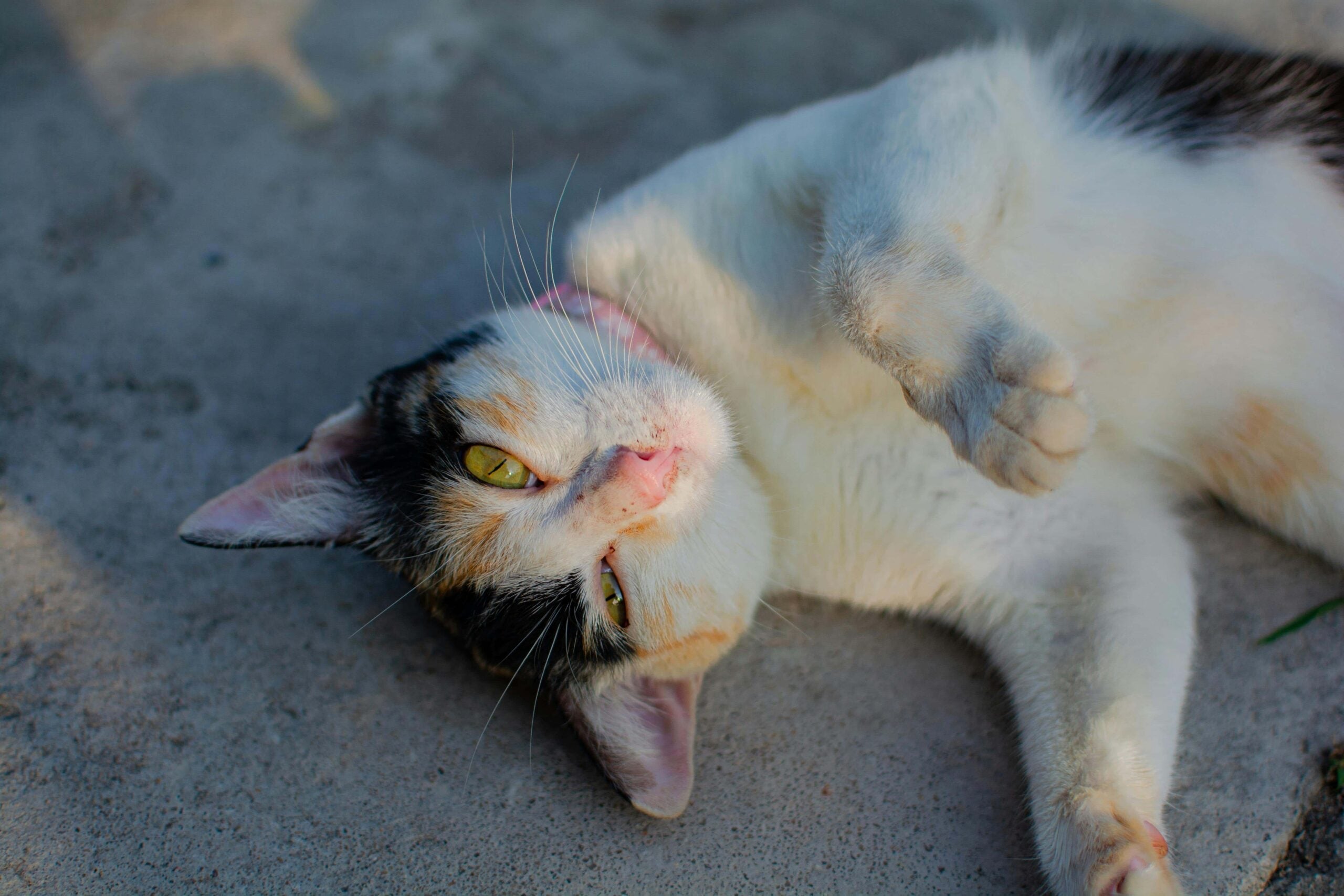
When Do Cats Go Into Heat? A Holistic Guide to Understanding and Supporting Your Cat
Cats experience heat cycles as part of their reproductive process. This phase can bring behavioral changes, restlessness, and vocalization. Understanding when and why this happens can help you support your cat in a natural and calming way. Knowing the signs and providing a soothing environment can make a big difference.
Key Takeaways
- Cats typically go into heat around five to six months old.
- Heat cycles last about a week and can occur multiple times a year.
- Increased vocalization and restlessness are common signs.
- Creating a calm space helps reduce stress during this time.
- Herbal and natural scents may provide comfort.
When Do Cats First Go Into Heat?
Most cats experience their first heat cycle around five to six months old. Some may start earlier, especially in warmer climates or with longer daylight hours.
The cycle can vary based on breed, environment, and overall health. Once it begins, a cat can go into heat multiple times a year. If you're wondering, when do cats go into heat, seasonal changes may also play a role. Some cats may show only mild signs, while others display strong behaviors, such as excessive meowing or pacing.
How Long Does a Cat Stay in Heat?
A typical heat cycle lasts between four and seven days. If a cat doesn’t mate, the cycle may return in a few weeks. Some cats experience frequent cycles, especially in warmer months.
Indoor cats may cycle more often due to artificial lighting. If you're observing repeated cycles, understanding feline cycles can help you manage them naturally. Keeping track of heat cycles can help you predict when your cat may enter the next phase.
Signs Your Cat is in Heat
Heat cycles bring noticeable behavioral changes. Cats often become more vocal, seeking attention and meowing more than usual. They may also show increased affection or rub against furniture, people, or objects.
Some cats roll on the floor, pace, or raise their hindquarters when petted. If your cat in heat appears restless, providing a quiet space can help them settle. Some may also become more playful or demand more physical contact from their owners.
Related: Anxiety in Cats: Identifying, Managing, and Soothing Feline Stress
Do Cats Feel Discomfort During Heat?
Heat cycles don’t cause physical pain, but they can be stressful. Increased energy, frustration, and restlessness may make a cat seem uncomfortable.
A calming environment, soft bedding, and quiet surroundings can help ease stress. If your cat struggles to relax, gentle scents or herbal solutions may be useful for helping to calm cats down. Providing interactive toys may also help redirect their energy and reduce frustration.
How to Support a Cat in Heat Naturally
A peaceful setting can help reduce stress during this phase. Keeping their routine consistent, offering interactive play, and providing a warm space can help.
Some herbal scents, like lavender or chamomile, may promote relaxation. A natural Calming Spray for Cats can be used on bedding to create a soothing atmosphere. Playing soft music or using a heated blanket may also help comfort your cat.
How Often Do Cats Go Into Heat?
Cats experience multiple heat cycles each year, depending on breed and season. Outdoor cats may have fewer cycles in winter due to shorter daylight hours.
Indoor cats exposed to artificial light may cycle year-round. If you’re concerned about frequent cycles, learning more about cats in heat can help you understand their patterns. Changes in household routines, stress, or diet may also impact the frequency of heat cycles.
Helping Your Cat Stay Comfortable
Soft bedding, interactive toys, and gentle petting can help during heat cycles. Providing high perches or cozy hiding spots gives your cat a place to retreat.
Some cats enjoy warmth, so a heating pad set on low may provide comfort. If your cat seems unsettled, try giving them a quiet space away from distractions. Keeping curtains closed or dimming lights may help lower their stress levels.
Related: Calming Shampoo for Cats
Can Diet Affect a Cat’s Heat Cycle?
A balanced diet supports overall health, including reproductive cycles. High-quality food with essential nutrients keeps energy levels stable during this phase.
Hydration is also important. Fresh water should always be available, as some cats become more active during heat and may drink more than usual. Proper nutrition may also help reduce excess energy and balance hormone levels.
Behavioral Changes After the Heat Cycle
Once the heat cycle ends, most cats return to their usual behavior. Some may be more tired than usual after several days of high energy.
If cycles seem longer than usual or behaviors don’t return to normal, monitoring their patterns can help. Learning more about understanding your cat in heat can provide additional insight. Some cats may need extra sleep and relaxation to fully recover from their heat cycle.
Common post-heat behaviors include:
- Increased appetite as they regain lost energy.
- More frequent naps or longer periods of rest.
- Temporary clinginess or a need for extra affection.
- Less vocalization and a calmer overall demeanor.
- A return to normal grooming habits and activity levels.
Why Do Some Cats Have Irregular Cycles?
Irregular cycles can happen due to stress, environment, or health changes. Some cats cycle more frequently, while others may skip cycles.
Light exposure, seasonal changes, and hormone fluctuations all play a role. If cycles seem unpredictable, keeping a record of changes can help you spot patterns. Monitoring their behavior alongside their cycles may provide more clarity.
Sudden changes in routine, new pets, or household stress can also disrupt normal heat cycles. Keeping their environment stable and reducing stress can help regulate their natural rhythms.
Final Thoughts on Supporting a Cat in Heat
Heat cycles are a natural part of a cat’s life. Creating a calm environment, offering warmth, and maintaining a consistent routine can help reduce stress.
Want extra support? A Calming Spray for Cats can help create a peaceful space, making heat cycles easier to manage. Helping your cat feel safe and secure during this time can improve their overall well-being.
Share
